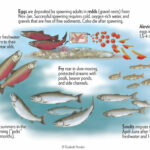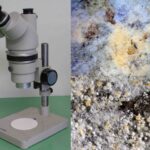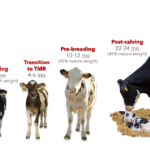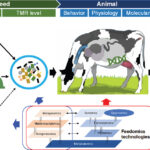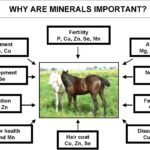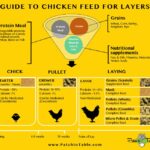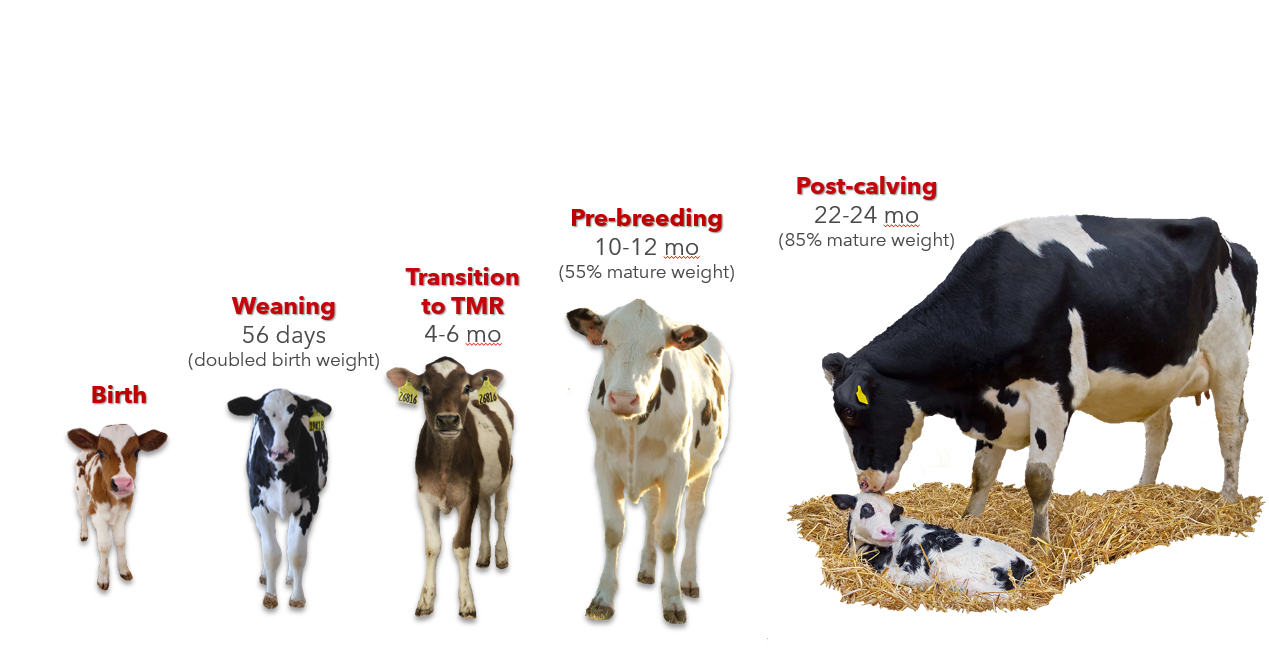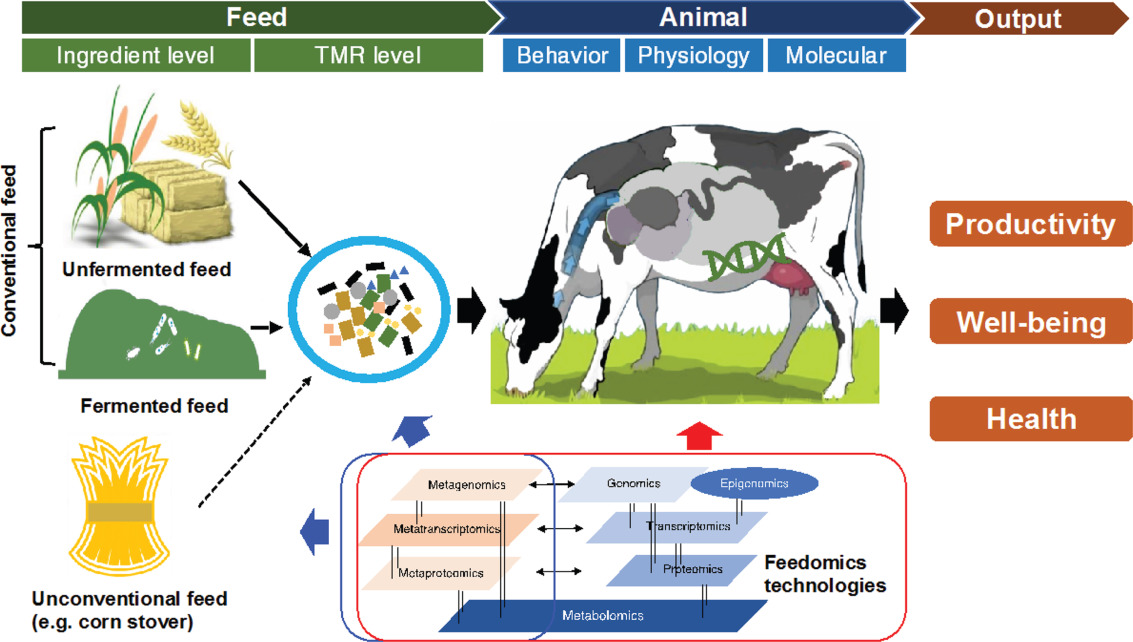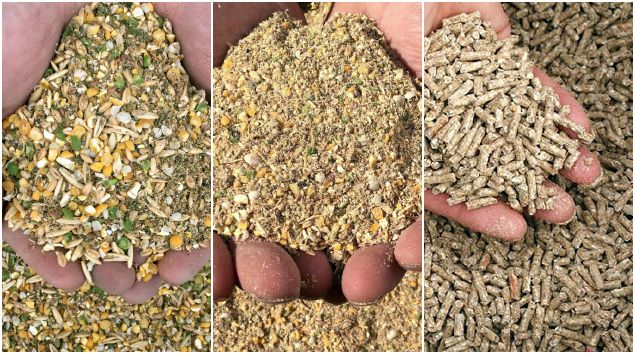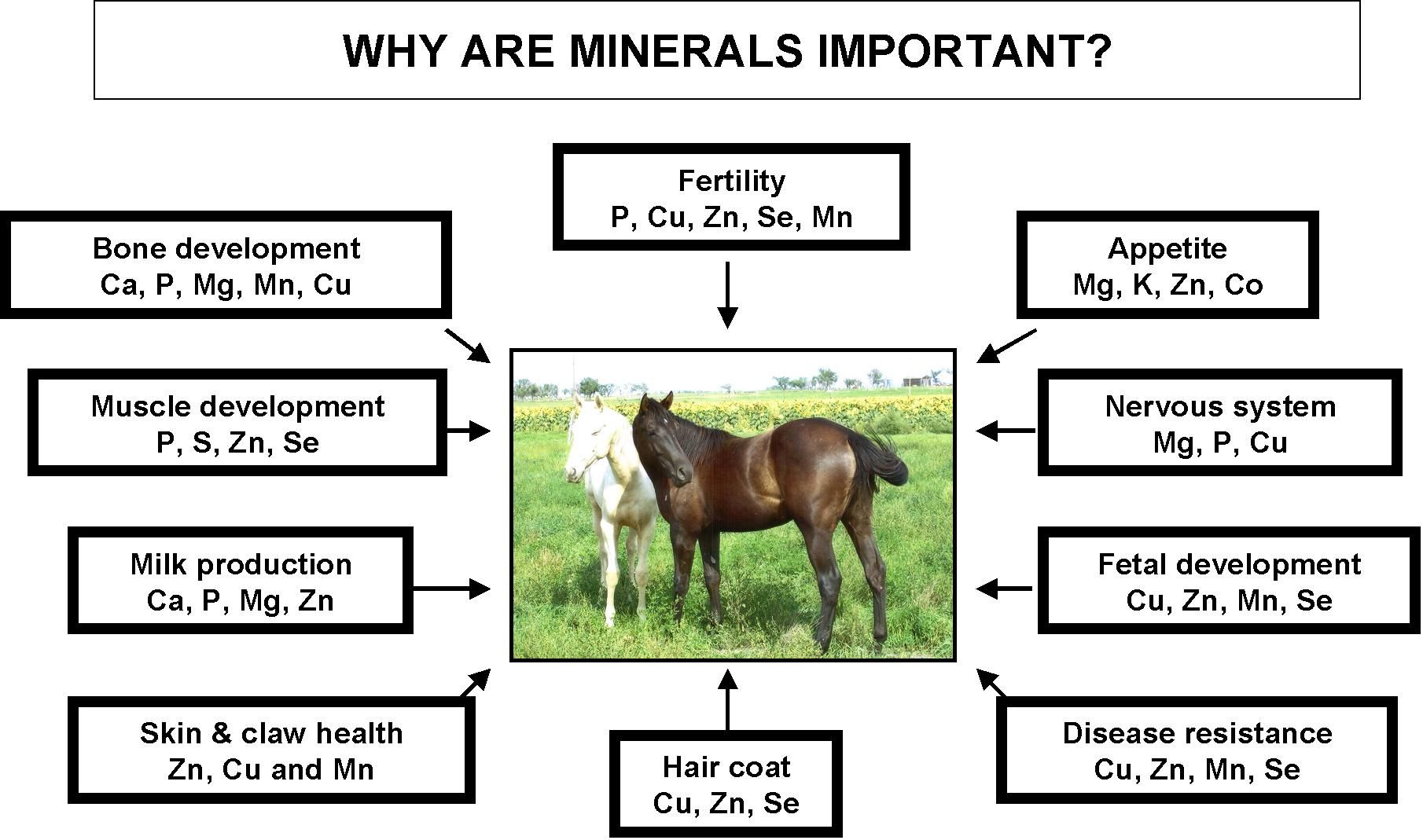The utilization of various feed additives in mixed feed for broilers plays a crucial role in optimizing growth performance, health, and overall production efficiency. Here’s an overview of the most commonly used feed additives and their roles in broiler nutrition:
Thank you for reading. Don't forget to subscribe & share!
1. Antibiotics: Antibiotics have historically been used in broiler feed to promote growth and prevent diseases. They can improve feed efficiency by controlling subclinical infections and reducing the prevalence of harmful bacteria in the gastrointestinal tract. However, due to concerns about antibiotic resistance and public health, many countries have restricted or banned the use of antibiotics for growth promotion in animal feed.
2.Coccidiostats; Coccidiostats are antimicrobial agents used to control coccidiosis, a parasitic disease caused by protozoa of the genus Eimeria. Coccidiostats are added to broiler feed to prevent coccidiosis outbreaks, reduce intestinal damage, and improve feed efficiency. Common coccidiostats include ionophores (e.g., monensin, salinomycin) and chemical agents (e.g., amprolium).
3. Antioxidants: Antioxidants such as vitamin E, vitamin C, selenium, and plant-derived compounds (e.g., polyphenols) are added to broiler feed to protect against oxidative stress and reduce the risk of oxidative damage to cells and tissues. Antioxidants help maintain immune function, improve meat quality, and enhance overall health and performance, especially during periods of stress or disease challenge.
4. **Probiotics**: Probiotics are live microorganisms (e.g., lactic acid bacteria, Bacillus spp.) that confer health benefits when consumed in adequate amounts. Probiotics are added to broiler feed to improve gut health, enhance nutrient digestion and absorption, and support immune function. They compete with harmful bacteria for nutrients and colonization sites in the gut, helping to maintain a balanced microbial population and prevent gastrointestinal disorders.
5. Enzymes: Enzymes such as carbohydrases (e.g., amylase, cellulase, xylanase) and proteases are added to broiler feed to improve nutrient utilization and digestion of complex carbohydrates and proteins in feed ingredients. Enzyme supplementation enhances feed efficiency, reduces feed costs, and minimizes nutrient excretion in the environment. Enzymes are particularly beneficial when using fibrous or low-quality feed ingredients.
6. Metabolic Antagonists and Incompatibilities: Certain feed additives may interact negatively or competitively with each other when added to broiler feed. For example, high levels of calcium can reduce the absorption of phosphorus, leading to mineral imbalances. Similarly, some antibiotics and coccidiostats may have antagonistic effects when used concurrently. Therefore, it’s essential to consider potential interactions and formulate diets accordingly to avoid adverse effects on broiler health and performance.
Overall, the strategic use of feed additives in broiler nutrition can contribute to optimal growth, health, and performance while minimizing the use of antibiotics and ensuring sustainable production practices. Formulating diets with the right combination of additives tailored to the specific needs of broiler flocks can help maximize productivity and profitability in commercial poultry operations.

